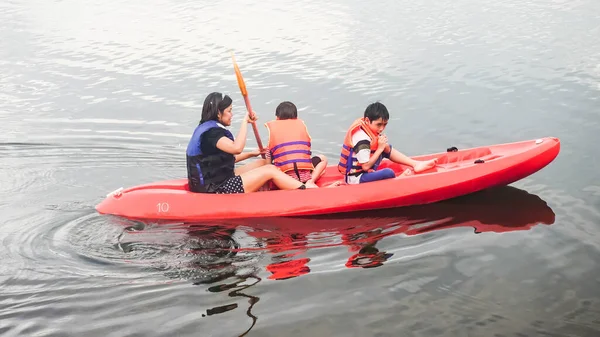
When the water is still and the sun is out, it is easy to recall that even the prettiest lake or river contains unseen dangers. But with increasing numbers of outdoor types traveling to out-of-the-way coves and far-flung fishing holes, water safety today is more than a matter of keeping an eye on the weather and putting on a life jacket it’s a matter of combining old-school water safety with new-school self-defense and situational awareness.
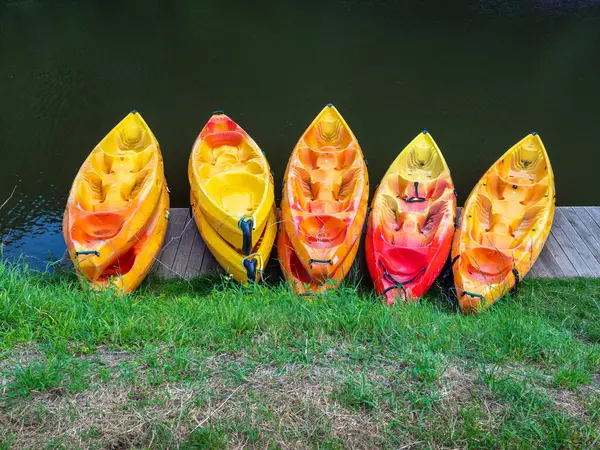
1. Visibility Is Your First Line of Defense
Camouflage in the landscape may be perfect for wildlife photography, but it’s not perfect at keeping unwanted eyes off. Colorful kayaks and paddleboards such as BOTE’s HD Aero will make you more conspicuous to boaters and potential predators. The addition of reflective tape or LED strobes has a double advantage: increased safety in darkness, and an on-off flashing notification that you’re ready. Light is a guaranteed deterrent, and an easily seen paddler is much less likely to be attacked.

2. Communication Gear That Works Where Phones Don’t
Phone coverage will be gone the minute you’re off the pier. So boat-specific equipment is required. Waterproof Personal Locator Beacons like the ACF ResQLink 400 send out distress signals using satellites, and waterproof VHF radios like the Cobra MR HH3550 stay connected and give you NOAA weather reports. They’re not only for emergencies they’re protection in your dry bag.
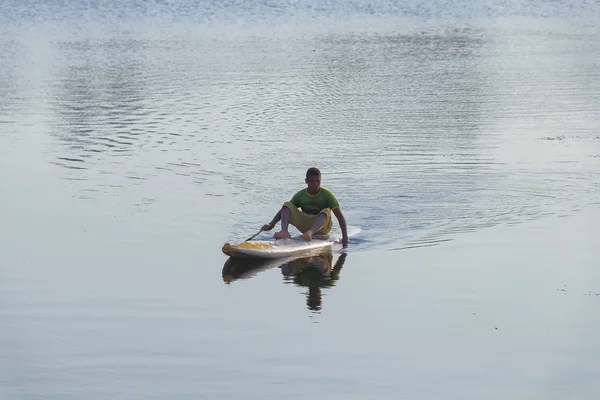
3. Situational Awareness on the Water
Criminals take advantage of isolation, so paying attention to surroundings is an important tool. Professionals at noticing details in the environment pay attention on three levels: perception (noticing them), comprehension (deciding what they mean), and projection (guessing what’s coming next). On the water, that is scanning for suspicious activity at launch sites, observing individuals who are in locations near access points, and not having predictable expectations. Trust your instincts if it doesn’t smell right, it probably isn’t.
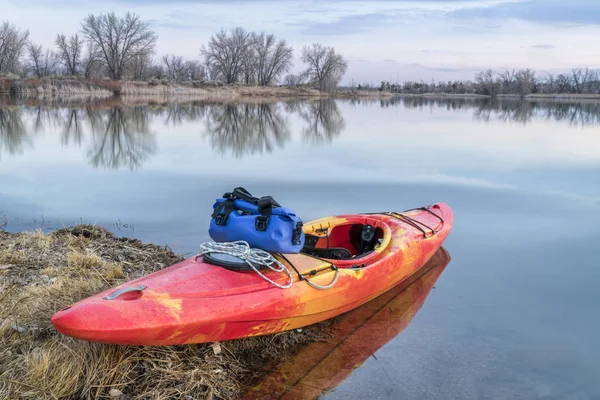
4. Legal Acumen for Carrying via Waterways
Concealed carry is state-by-state, and waterways have a tendency to cut through several. Even the police recommend looking into boating-specific law or consulting a firearms attorney before carrying. For the licensed, a submersible dry bag or a chest rig such as the WestSlope Aqua-X Dry Pack will keep firearms protected while staying at ready-access distance. If carrying a weapon is not possible, marine-grade pepper spray attached to a lanyard or simple, non-slip dive knife provides good, legal options in most states.
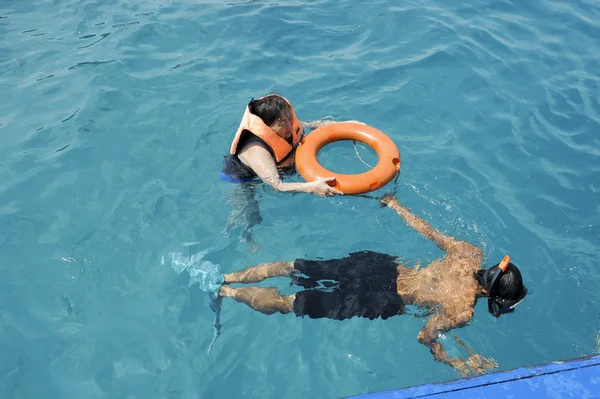
5. Aquatic Self-Defense Training
Defending yourself in water is significantly different from on land. Reduced stability, smooth surfaces, and drag underwater all enter the picture. Shallow water training or pool training is advised by instructors to replicate actual situations. Weapon retention training reaching from a dry bag or chest rig while paddling in a kayak builds muscle memory. Being able to break free from an assailant when equipped with a life jacket is another skill that has to be acquired and cannot be done on land.
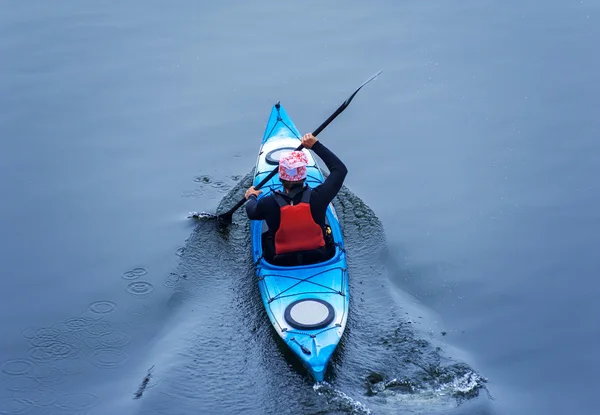
6. Using Your Gear as a Shield
Your paddle serves not only for traveling but also as a weapon. A jab to the ribs or head of a would-be attacker will give enough room to get away. Having yourself between harm and you with your kayak or paddleboard gives you time to use pepper spray or other equipment. The skill in emergency dismounts enables you to get off rapidly if required.
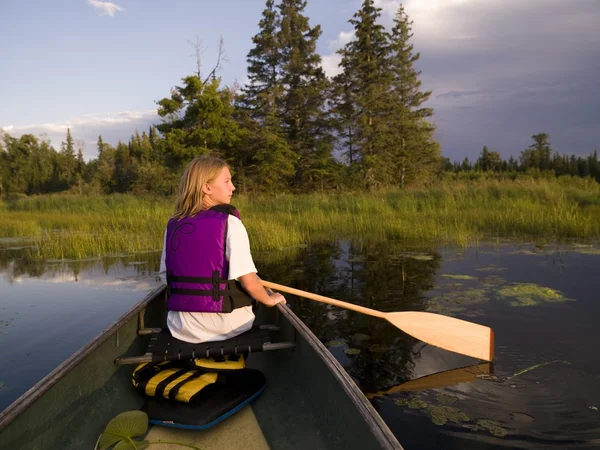
7. Psychological Preparation Provides Confidence
There’s waterborne confidence that comes from preparation. Situational awareness training doesn’t just hone your advance threat warning but also diminishes stress response when something does go wrong. Sharpen a mental “operational narrative” of what’s around you knowing who’s in range, where the doors or shielded areas are, and what possible trigger events are going to unfold. Mental mapping keeps you grounded and solid under duress.
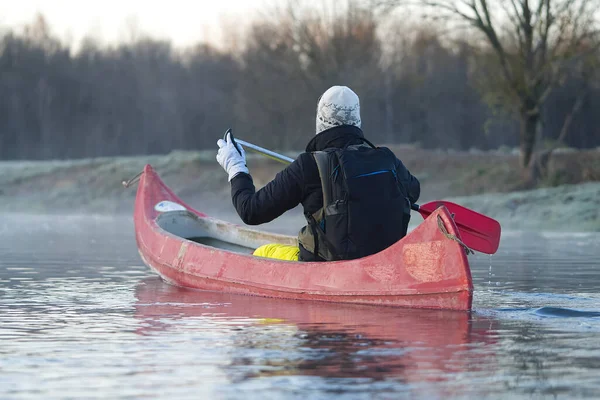
8. Respecting Nature’s Threats
In addition to man-made hazards, other environmental hazards such as cold water shock can affect breathing and motor function in a matter of seconds. Acclimating your body by training with ice baths or cold showers can prepare you. Taking routes near shore, dressing in a manner appropriate for immersion when water temperatures are below 70°F, and leaving a float plan with a person on shore all enlarge your safety margin.
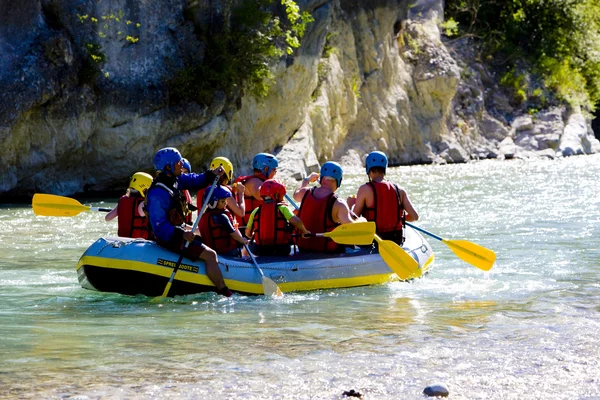
9. Group Safety Dynamics
Experienced paddlers can also employ buddy systems. Being within whistle earshot of another translates to quicker rescues and fewer minutes of exposure. Formations should not deteriorate into single-file lines that leave individuals out. Cooperative movement and among participants’ awareness double people’s safety.
With decent combinations of visibility, communications equipment, legal knowledge, and physical health, boaters and paddlers are able to travel down remote water routes without compromising good sense. With a few traditional safety methods mixed with some contemporary self-defense techniques, each journey can be wild and secure freeing up the mind to fully appreciate the thrill of being afloat on the water.


